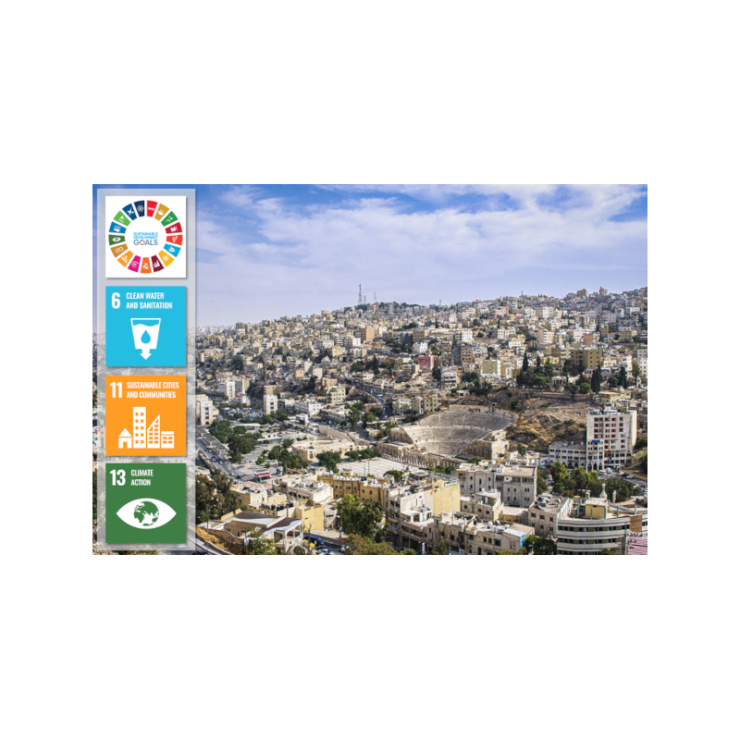

SDG success story: CapTain Rain
Jordan is one of the most arid countries in the world and is severely affected by climate change. Although it is an arid region, heavy rainfall is increasingly leading to flash floods. The CapTain Rain project – "Capture and retain heavy rainfall in Jordan" – is helping to identify and minimize flash flood damages, by for example improving water retention. The project partners in Jordan and Germany are developing innovative, sustainable solutions for adapting to climate change. The studies cover the capital Amman and the rural town of Wadi Musa, which is located close to the World Heritage Site of Petra. There, CapTain Rain is investigating measures to detour, retain and utilize heavy rainfall, as well as to improve heavy rainfall forecasting and prevention for the local population. In addition to using traditional methods for retaining and making use of rainwater, the project team is also looking into applying the concept of multifunctional land use. CapTain Rain therefore makes its greatest contribution to SDG 13 “Climate Action” by “strengthening resilience and adaptive capacity to climate-related hazards and natural disasters" (target 13.1) and improving knowledge and capacity to cope with climate change (target 13.3).
The proposals developed by the CapTain Rain team are intended to enable the municipalities of Amman and Wadi Musa to implement measures to not only protect against flash floods, but also to utilize the rainwater. In this way, the project also contributes to SDG 6 “Clean Water and Sanitation”, in particular targets 6.5 – integrated water management – and 6.a – strengthening international cooperation on capacity building, including water collection and storage and efficient water use. By demonstrating the benefits of such practices, which include improvements in the local water balance and the urban climate, and the upgrading of urban habitats, the project aims to empower municipalities to implement adaptation measures to cope with climate change impacts such as heavy rainfall and drought. This will contribute to SDG 11 "Sustainable Cities and Communities".
With these potential benefits on the horizon, it is no wonder that the project has already captured the attention of its intended beneficiaries: the Jordanian ministries for water and the environment (including climate change), the Amman city administration, and the administrative authority for the Petra World Heritage Site have expressed interest in the project’s results.


